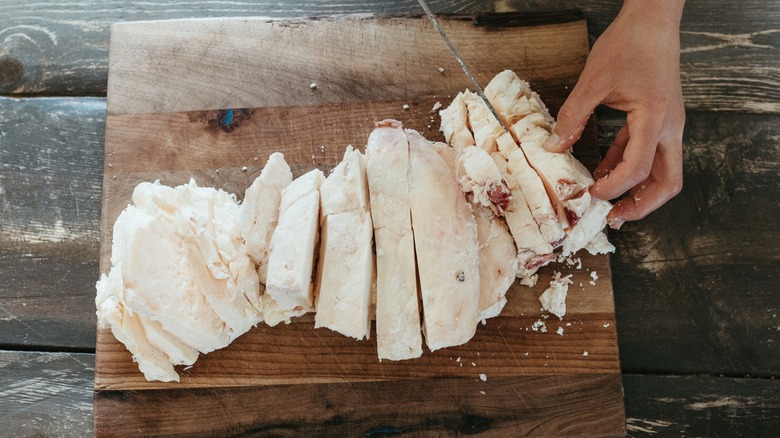The Flavor and Safety of Cooking with Beef Tallow
If you’ve ever visited a restaurant that uses beef tallow to cook its fries, the experience is unforgettable. The rich, savory notes that beef tallow imparts to food are hard to replicate with other oils. However, this fat can also be tricky to handle. If the temperature gets too high, it can lead to an unpleasant bitter or burnt flavor.
Abbie Gellman, a chef, dietitian, consultant, and author based in New York City, explains why this happens and how to avoid it. She emphasizes the importance of understanding the smoke point of cooking fats.
Understanding the Smoke Point
The smoke point is the temperature at which oil begins to smoke. When any fat reaches this point, it starts to break down, releasing noxious fumes and free radicals. This breakdown not only affects the quality of the food but also changes the flavor of the fatty acids, often resulting in an unpleasant taste. For beef tallow, which is known for its deep umami flavor, reaching its smoke point can turn a delicious dish into a disappointing one.
Gellman explains that the smoke point of beef tallow is around 400 degrees Fahrenheit. While this is relatively high, it’s still important to monitor the temperature when using it for frying or other high-heat cooking methods.
The Impact of Reusing Fat
Another factor to consider is the reuse of fat. Every time oil or fat is used, its smoke point decreases. This means that if a restaurant doesn’t regularly change the oil in its fryers, the flavor of the food can become bitter over time. Even at home, reusing beef tallow multiple times can diminish its value and flavor.
Beef tallow can be expensive, so it’s worth taking care to use it properly. If it’s reused too many times, the unique qualities that make it desirable will be lost.
Choosing the Right Oil for the Job
Different types of fats have different smoke points. For example, avocado oil has a higher smoke point than beef tallow, making it suitable for high-heat cooking. However, it lacks the umami depth that beef tallow provides. Knowing the exact smoke point of your cooking oil is essential for achieving the best results.
Here are some common smoke points for various cooking fats:
- Beef tallow: Around 400°F
- Avocado oil: Up to 520°F
- Coconut oil: About 350°F
- Olive oil (extra virgin): Around 375°F
- Canola oil: Approximately 400°F
Understanding these values can help you choose the right fat for your cooking needs.
Signs That Your Fat Is Too Hot
One of the most obvious signs that your fat is overheating is when it starts to smoke. Gellman says, “Once a fat, including tallow, starts to smoke, then it has gotten too hot.” At this point, it’s best to reduce the heat and try to keep the temperature below the smoke point.
In addition to affecting flavor, overheated fat can create a fire hazard. As fats break down at high temperatures, they can produce flammable fumes. If you notice your fat smoking excessively, it’s important to remove it from the heat source and let it cool before continuing.
Tips for Safe and Flavorful Cooking
To get the most out of beef tallow and other cooking fats, consider the following tips:
- Always check the temperature of your oil before adding food.
- Avoid reusing fat more than necessary to maintain flavor and quality.
- Use a thermometer to ensure you’re staying within the safe temperature range.
- Be aware of the smoke point of the fat you’re using.
- If your fat starts to smoke, reduce the heat immediately to prevent burning.
By paying attention to these details, you can enjoy the rich flavors that beef tallow and other fats bring to your cooking while keeping your kitchen safe.







